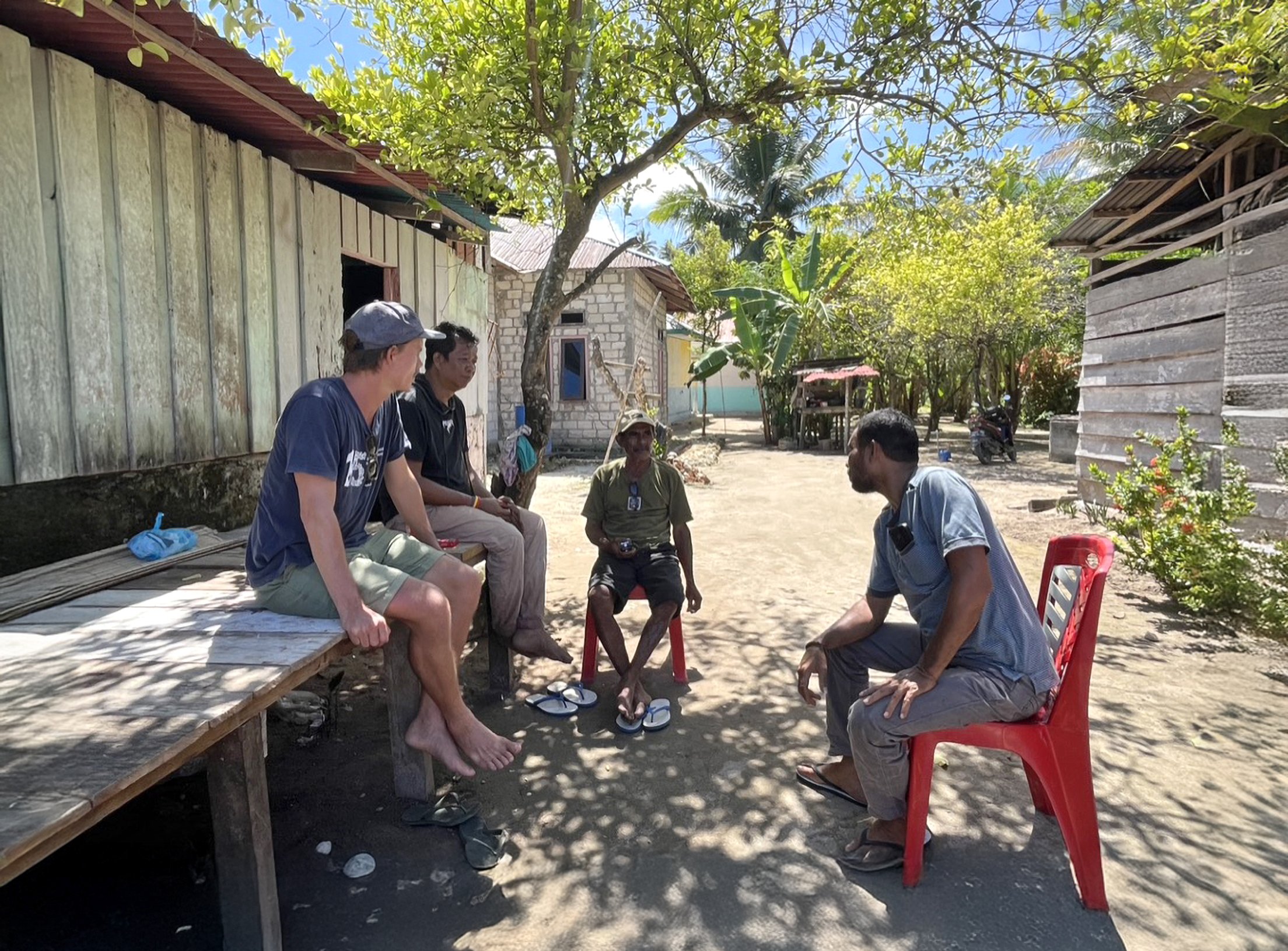What We Do
Fala Lamo’s strategic approach has been designed based on the diversity and complexity of on-the-ground realities. The organization works to build collective visions with community partners, and facilitate the development of landscape-level impact.
Strategic pillars
-
Fala Lamo as an organization facilitates processes that build a collective vision with local rights holders, natural resource users and affected parties based in the landscape we are situated within. This insight forms the basis of shared goals and objectives as well as the strategic direction for our involvement in the landscape. This way of working enables a strong sense of ownership and participation within the community partnerships that we form. This grassroots foundation then works outwards as Fala Lamo extends to support the development of synergistic plans in coordination with village, regional and provincial governments. This multi-partnership support network builds on each party’s expertise, knowledge and resources. Ultimately, this is a fundamental component to sustain longevity and sustainability in any initiative and is why we work community-first.
-
The intensification and diversification of household gardens and small-holder plantations can meet nutritional, economic, ecological and wildlife needs if designed to do so. This tackles the historic and ongoing issue of shifting agriculture across Halmahera and will prove a more effective alternative. Furthermore, improved cultivation techniques will align to safeguard biodiversity and soil health, ensure year-round availability of produce and protect key ecosystem functions including watershed health. Strengthened local food systems will support the prevalence of malnutrition and stunting across Halmahera. Nutritional health and food security are fundamental human rights but this is also an avenue to revitalise local culture by enabling communities to reconnect with their landscape via emphasising on locally important foods such as fish, sago, singkong and ubi. A consolidated local food system places value on localised production, trade and consumption, rather than external supply chains that continue to reinforce power imbalances, downstream profits and a boom-to-bust model of exploitation.
-
The role and function of Adat institutions can ensure the long-term governance of their surrounding forest and coastal territories. The revitalisation of the function of the Adat institution and the development of good governance practices can ensure terrestrial and coastal ecosystems are managed in a representative, accountable and effective way.
-
The development of agreements, spatial plans and management strategies will ensure the effective community led management and conservation of ridge-to-reef landscapes, including seagrass, mangrove and reef ecosystems across North Maluku. Community agreements on ecological measures will be developed for these ridge-to-reef landscapes to ensure the socio-ecological integrity of these ecosystems and the unique species that depend on them. Community members will be trained in small-scale fisheries monitoring methods to provide real-time data on fisheries and enable adaptive management of small-scale fisheries.
A Living School
Since early 2024, Fala Lamo has been developing A Living School for Biocultural Diversity & Ridge-to-Reef Ecosystems in the Sangadji Bicoli Indigenous Territory, located in the southern Maba peninsula of East Halmahera. It will function as an informal learning hub, as well as a space to stimulate participatory and applied learning activities for farmers, fishermen, agroforestry, customary leaders, and youth groups.
A place to hone skills, share experiences and creatively build and develop ideas and concepts. This facility is now the center of activities for the Fala Lamo team and our office base in the East Halmahera regency. If you would like to learn more about our Living School, or explore ways to support any of our initiatives — contact us through the button below.





